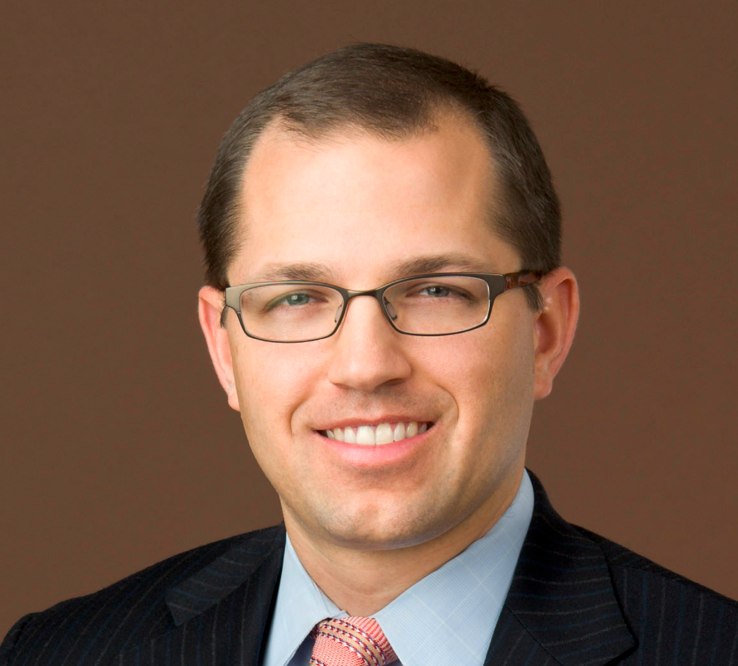Just as the Claritas® Investment Certificate pilot’s results are published John Bowman, CFA, managing director and co-lead of Education at CFA Institute, talks with Funds Society about why they decided to launch the program, their expectations and lessons learned.
Mr. Bowman comments that they had two main reasons for launching the Claritas program; the first came about after a 2-3 year journey talking with industry participants. Realizing organizations were increasingly concerned about their raising risk profiles given inconsistent levels of knowledge between divisions, that “cost them more and more anxiety,” they decided to create a benchmark to establish a basic level of industry knowledge. On the other hand, the fallout of the financial crisis as well the public’s poor perception of the financial industry “which is in a current crisis of trust” made them decide to launch the program. CFA Institute, an organization focused on raising ethical standards, levels of integrity and education for the industry, believe “The Claritas Investment Certificate is one tool that will contribute to restoring trust to the industry.”
The idea behind the Claritas program is to have a single, two-hour, multiple-choice examination where successful participants will understand how the financial industry works, how to navigate it, and will be able to communicate better with the investment professionals they work with.
One week away from the first official examination, Bowman mentions that the pilot had a 82% pass rate but considering its demographics -with average age of 35 and considerable work and education experience– “”the pass rate shouldn’t be considered as completely representative of the future given the average age and experience is likely to decline””.
He comments that from the pilot they learned –and are very proud of- that 85% of candidates would recommend the program to their colleagues, that 76% believed the number one benefit was increased knowledge of the industry, helping them understand how themselves, and their company, fits in the environment, and that 64% said that the program helped them to better understand their ethical obligations within the financial services industry.
Mr. Bowman added that for every investment professional there are 9 individuals working in financial organizations that are not, “so if we, as leaders of the industry, are able to reach and raise standards within this 90 % of the industry we can look at our mission and feel really proud about the progress we are making.”
The Claritas Investment Certificate is for all professional disciplines in the financial services industry outside of investment roles, from client services to compliance; from human resources to IT and operations; from marketing and sales to legal. It is designed for the many different people in the financial services industry who are not directly involved in analysing or making investment decisions.
With the Claritas Investment Certificate, learners can study online in their own time. In around 80 to 100 hours of study over an expected 3 to 6 month period, they should gain a clear understanding of all the essentials. Registration is open to corporates and individuals and available in English. It is currently available in 106 countries and over 450 test centers worldwide. The name is taken from the Latin for clarity, and everything about the Claritas certificate – from online support to the look and feel – has been designed to be as clear as possible for participants.
The Claritas curriculumis made up of seven modules, covering fundamentals of the investment industry, ethics and regulation, tools and inputs, investment instruments, industry structure and controls, and client needs. The self-scheduled, online exam comprises 120 multiple choice questions, which are designed to give a clear indication of the participant’s understanding of some of the most fundamental issues in the investment industry. Questions may focus on, for example, the distinction between credit default swaps and forward contracts, how to define “fiduciary” versus “suitability” standards of care, or how to handle a particular ethical dilemma.

